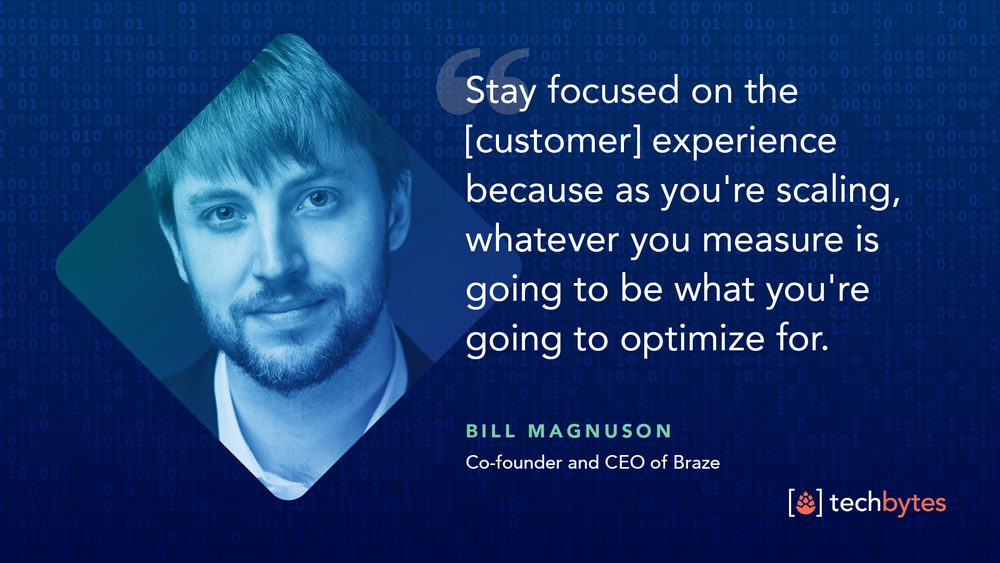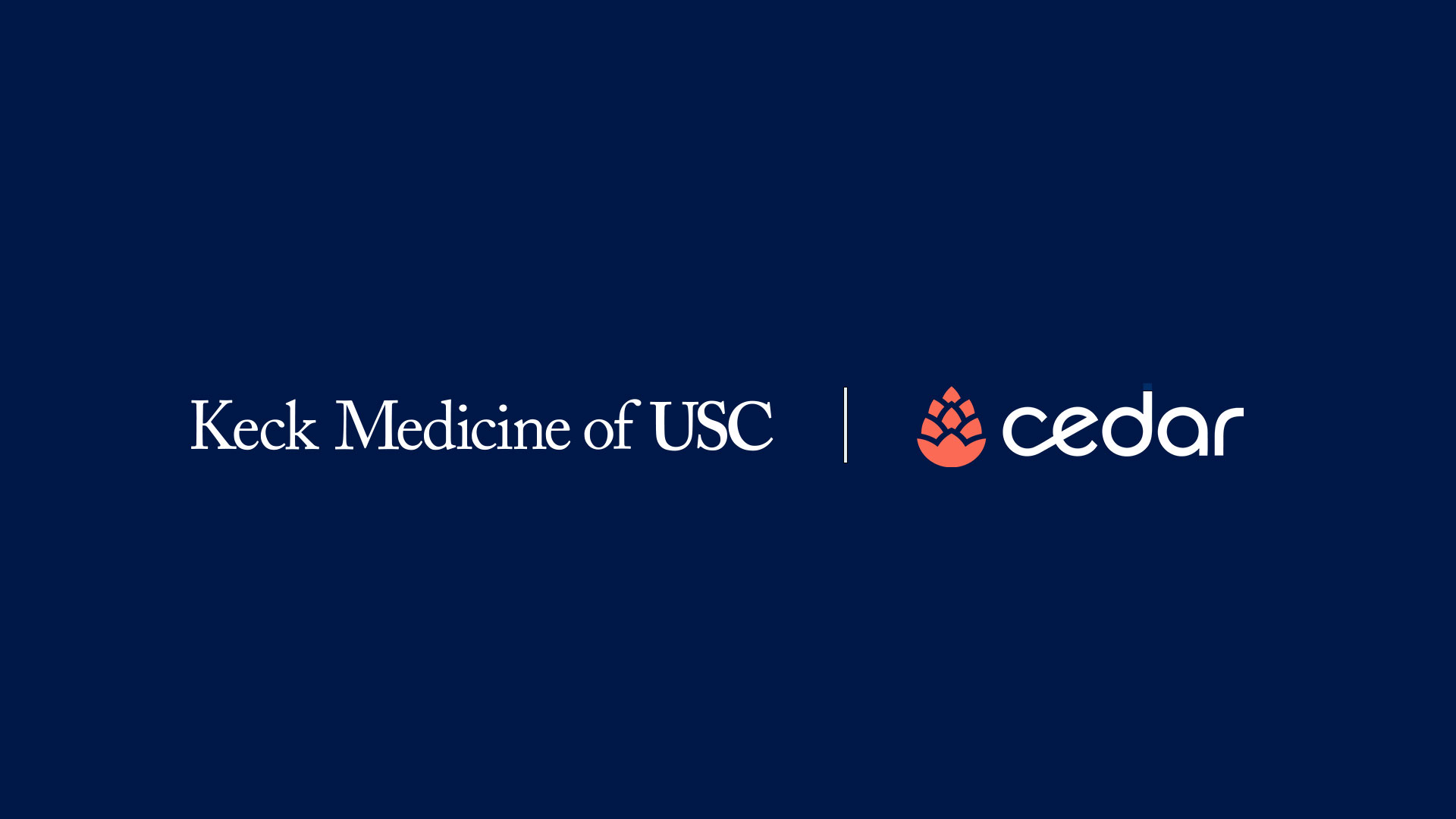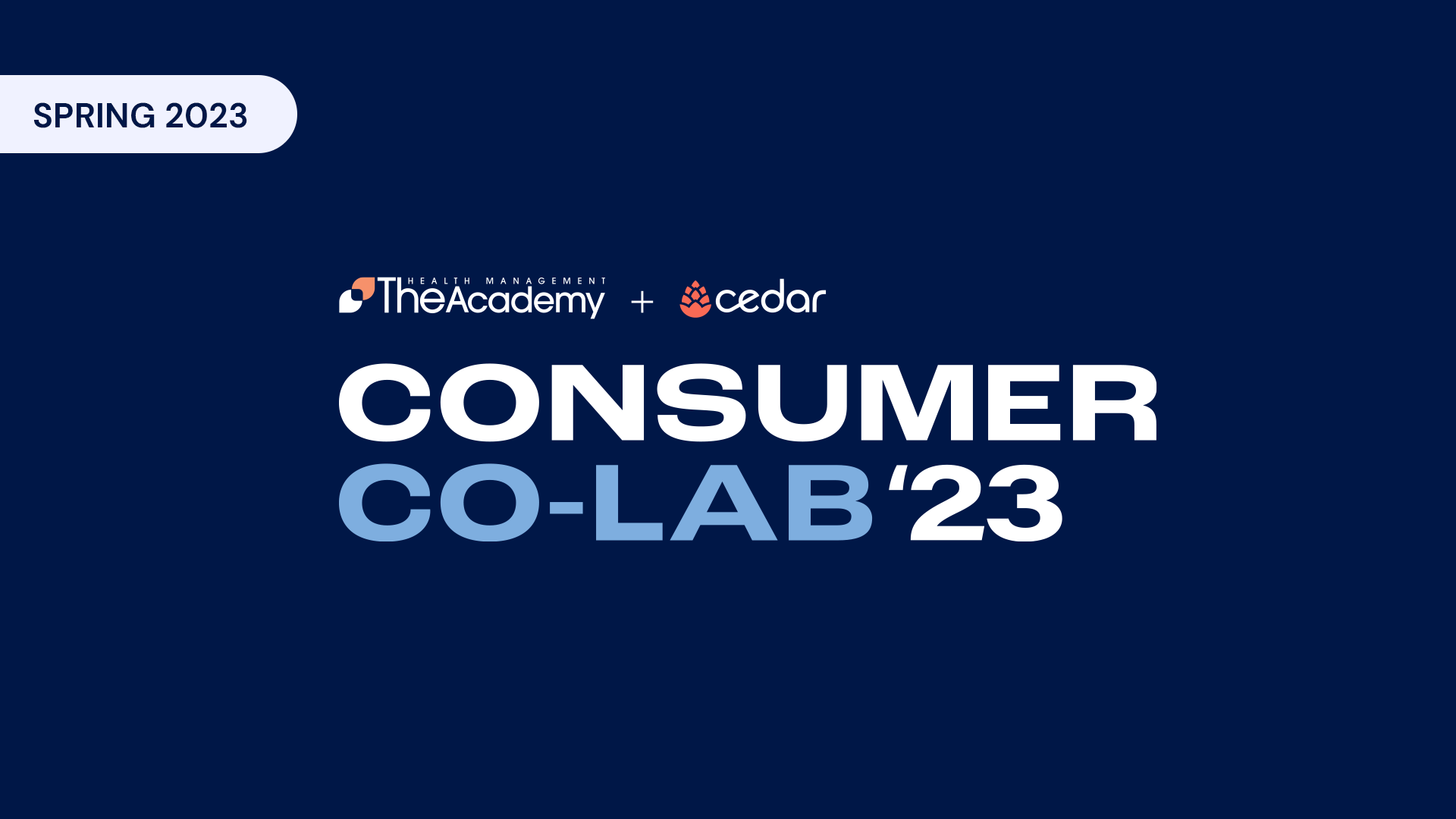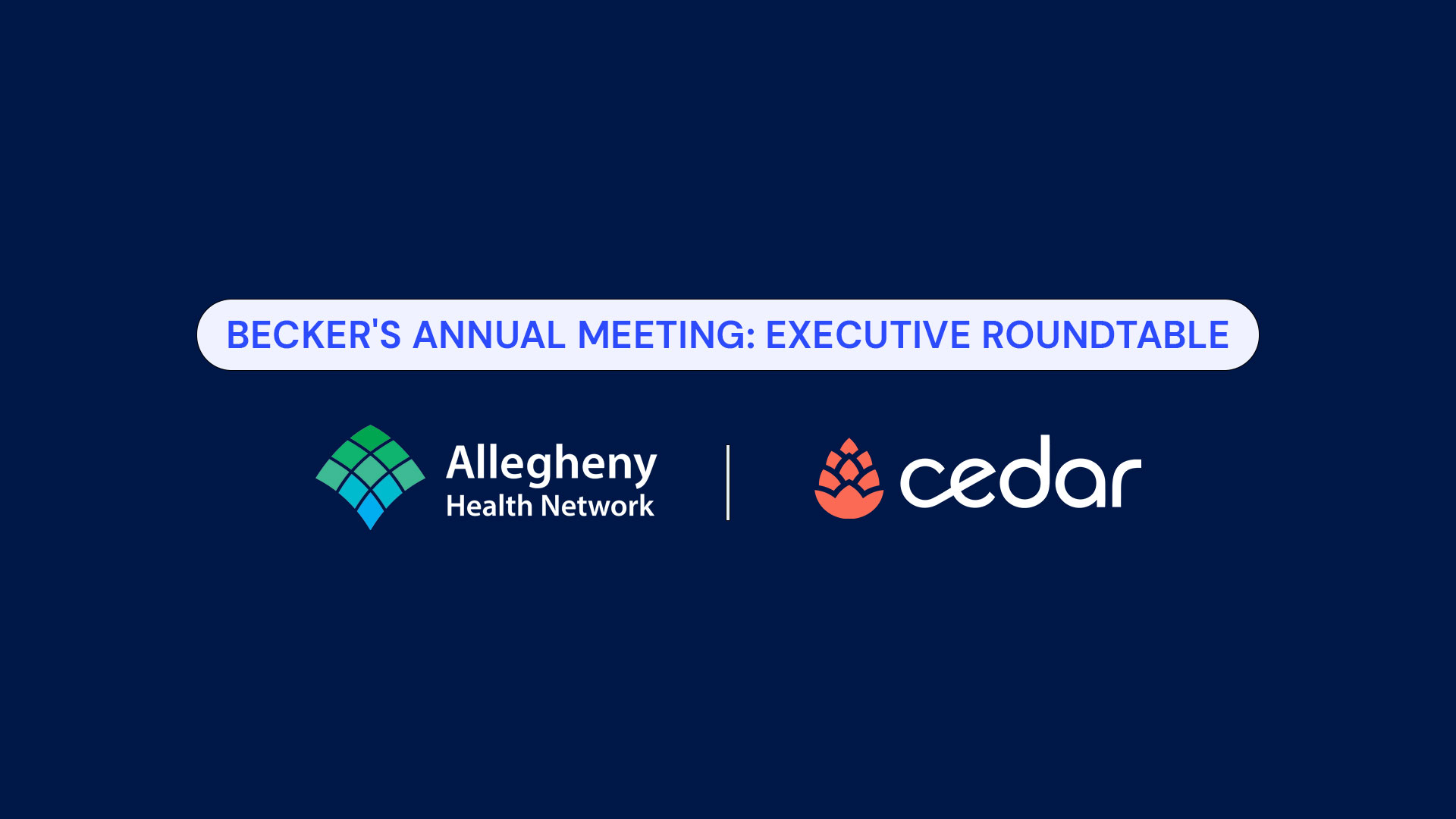Cedar Engineering recently kicked off Cedar Tech Bytes—a speaker series featuring tech problem solvers across industries. For the inaugural talk, Cedar was joined by Bill Magnuson, co-founder and CTO-turned-CEO of Braze, a customer engagement platform that powers relevant and memorable experiences between consumers and the brands they love.
During the hour-long discussion, Bill shared insights into how technology changed and evolved during his tenures at Google, Bridgewater and Braze, some of the most challenging and messy problems he’s worked on as a CTO and CEO and major lessons from scaling technology at the startup and Fortune 500 levels. Read on for his top five insights are below—and to watch the full interview, click here.
Prepare to scale from the outset
Braze currently manages the relationships with three billion monthly active users on behalf of customers sending tens of billions of personalized messages monthly. As one of the world’s biggest digital platforms, Bill said that that ability to scale came down to many decisions made at the company’s early days:
“We actually built our stream processing architecture with a design that is much more similar to a high-frequency trading system than it would be to any message sending technology that really existed at the time: through the stream processing, essentially having an abstraction layer at the top on listening to people. So much of what was built before us was really siloed and constrained by [thinking about the] channel first and then thinking about the customer. We tried to be customer centric and think about the human and relationship problem first, and then built that kind of unbundling abstraction layer at the bottom so that the communication happened at the end.”
Want a deep dive into how Braze’s business philosophy intersected with the nitty gritty details of architecture and data sources? Click here and jump to 4:15.
Don’t forget the demands your development might just put on the database and network (a.k.a. things you don’t learn in your computer science classes)
According to Bill, the most significant challenge in scaling was optimizing for scalability while not breaking/melting/crashing/(or, insert your verb of choice for mass destruction here) their network. Braze would send out massive campaigns and millions of mobile users would open apps at the same time.
“In school and [for] a lot of other software engineers, even all the way through getting a master’s degree in computer science, the reality of dealing with the network was something that we never really even knew […] If you look at all of our early scaling challenges, so many of them were dealing with these massive mobile audiences, which in many cases are indistinguishable from a distributed denial-of-service attack. You get these devices coming in from all over the world that are all establishing connections all at the same time, because you’ve sent out these campaigns and then they just melt your infrastructure.”
Curious about how Braze were able to get over this scalability challenge? Check out 10:30.
Understand when to give the customer what they want versus what they need.
Bill’s main takeaway from working at Google and Bridgewater is to know when to be flexible or rigid when delivering to customers.
“There’s one place where the customer asks you for faster horses and you go build them a car, and then there’s other places where the customer asks you for faster horses and you actually just need to bring them faster horses. [You need to understand] which world you’re living in depending on what the nature of the requirements are […] Definitely both versions exist, no matter what product you’re building.”
Want to hear about the details that guided Bill’s thinking, including Google’s development infrastructure and Bridgewater’s technical demands? Check out 14:23.
Build adaptability and resilience muscles
According to Bill, the secret to surpassing $200 million in annual recurring revenue (ARR) just 18 months after crossing the $100 million ARR mark was largely down to “adaptability muscles” that enabled teams to be able to move faster and experiment with more conviction and more freedom in the midst of COVID-19:
“As the circumstances were ebbing and flowing in a completely different manner we just really needed to enable a more distributed autonomy and allow for people to test out new things […] We needed to make sure that there were really good communication mechanisms across the company so that whatever was working could be shared quickly and modeled in other places […] And so there’s just going to be a huge opportunity for businesses of all kinds as consumers rethink things and […] step away from the momentum that was driving them before [as] they are more careful and [considerate with] how they spend their time and their money.
“And so we’re really gearing up to make sure that we can take the adaptability and the resilience that we had to really build over the last 18 months […] and now be able to use those to take advantage of opportunities as we emerge from it.”
Hear more at 23:01.
Learn how to learn
Bill said the most important piece of insight from MIT (at 35:00) was learning how to learn (a.k.a. the meta process of what you’re learning along the way in addition to the immediate lesson):
“Always [keep] in mind that along the way we’re not just learning the thing, we’re also learning the process and making sure that we’re able to then make investments along those lines.”
Curious about Bill’s thoughts on how to evolve a tech stack with a business? The advantages and disadvantages of running a tech startup in NYC versus Silicon Valley? Braze’s single biggest scaling challenge? Click here to watch the full interview.



